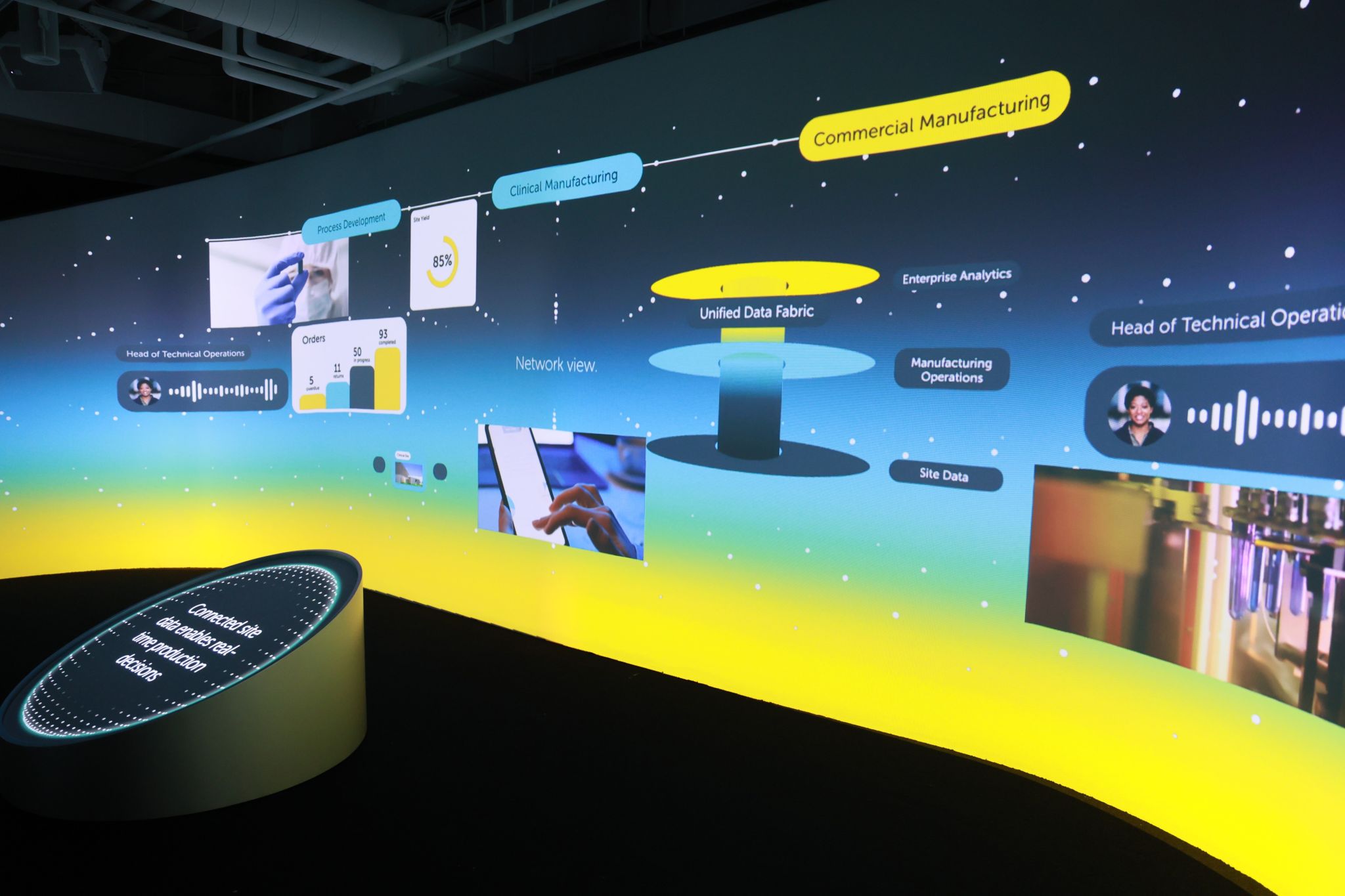AI Readiness
From Chaos to Clarity: Architecting the Future of Lab Data
The Hidden Cost of Fragmented Lab Data in Life Sciences
“If we had to shop for groceries like we access lab data, it would be a full-time job.” — Sachin Suryawanshi, Senior Solutions Architect, Zaether
At BioIT World 2025, Sachin’s opening statement resonated deeply with attendees. The comparison illustrates a fundamental challenge facing modern laboratories: despite remarkable scientific advancements, the way we handle data remains surprisingly antiquated.
The Data Dilemma Holding Innovation Back
Across the life sciences landscape, critical data exists in isolation. Data is scattered in inconsistent formats across disparate instruments and incompatible systems. This fragmentation creates a cascade of inefficiencies:
-
Lost productivity: Scientists spend up to 30% of their time hunting for data rather than analyzing it
-
Stalled AI initiatives: Advanced analytics require clean, accessible data that simply isn’t available
-
Compliance struggles: Manual reporting creates regulatory bottlenecks and increased risk
-
Decision delays: When insights are trapped in silos, strategic decisions become reactive rather than proactive
This isn’t merely an IT inconvenience, it’s a strategic liability that directly impacts both scientific progress and business outcomes.
Architecting a Data Ecosystem for the AI-era
At Zaether, we envision laboratory data flowing with the efficiency of a well-designed supermarket:
-
Centralized and comprehensive
-
Logically structured with clear metadata
-
Governed with appropriate access controls
-
Instantly usable by both researchers and algorithms
This unified approach doesn’t just collect data, it transforms it into an intelligent, trusted asset that accelerates discovery and decision-making.
The Blueprint: A Reference Architecture for Life Sciences
Zaether’s reference architecture addresses the unique challenges of life sciences environments, specifically the complex integration of Information Technology (IT) and Operational Technology (OT). This comprehensive framework includes:
1. Data Integration Layer
-
Seamless connections between LIMS, MES, ERP, ELN systems
-
Real-time OT data acquisition from sensors and instruments
-
Automated data harmonization across formats and sources
2. Governance Framework
-
Role-based access controls aligned with organizational structure
-
Complete audit trails and data lineage for compliance
-
Built-in adherence to FAIR and ALCOA+ standards
3. Unified Data Backbone
-
Real-time, contextualized data layer using Unified Namespace principles
-
Standardized ontologies for consistent data interpretation
-
Scalable infrastructure supporting both structured and unstructured data
4. Intelligence & Consumption Layer
-
Intuitive dashboards for operational insights
-
AI/ML interfaces for advanced analytics
-
Application connectors that turn raw data into actionable intelligence
The Implementation Roadmap: 5 Steps to Unified Lab Data
1. Comprehensive Data Mapping
Begin by cataloging data sources across laboratory environments, manufacturing plants, and enterprise functions. Identify not just where data lives, but how it flows between systems.
2. Establish Your Central Platform
Deploy scalable infrastructure designed specifically for hybrid IT/OT integration. The foundation must accommodate both historical data migration and real-time operational feeds.
3. Implement Governance from Day One
Define data policies, access roles, and quality controls before implementation begins. This proactive approach prevents data governance from becoming an afterthought.
4. Design for Human and Machine Utility
Structure metadata and data models to support both traditional reporting and algorithmic analysis. The same data should serve both immediate human needs and future AI applications.
5. Build for Evolution, Not Just Today
Create a flexible architecture that grows with your organization. Make it work across geographic sites, changing regulatory requirements, and emerging technologies.
Trust as a Foundation: Why FAIR & ALCOA Matter More Than Ever
In the rush toward automation and AI, fundamental principles of data integrity remain non-negotiable. Zaether designs systems firmly grounded in established standards:
FAIR Principles
-
Findable: Data can be located through clear identification and metadata
-
Accessible: Authorized users can retrieve data through standardized protocols
-
Interoperable: Data uses vocabulary that allows integration with other datasets
-
Reusable: Data is richly described to enable reuse in different settings
ALCOA+ Principles
-
Attributable: Data is linked to its origin and handlers
-
Legible: Data is readable and permanent
-
Contemporaneous: Data is recorded at the time of activity
-
Original: Source data is preserved or certified true copies exist
-
Accurate: Data is error-free and complete
-
Plus: Complete, Consistent, Enduring, Available
These principles aren’t bureaucratic hurdles, they’re the foundation upon which reliable science and compliant operations are built.
Experience Zaether’s Approach Firsthand
Concepts become concrete at Zaether’s Customer Experience Center (CEC) in Foxborough, MA. This unique facility allows you to explore working implementations of unified data architectures in a hands-on environment featuring:
-
Operational laboratory equipment connected to live data systems
-
Demonstration of Unified Namespace architecture in action
-
Access to domain experts across life sciences and technology
-
Integration with leading partner technologies in the ecosystem
The CEC isn’t a sterile showroom, it’s a collaborative workspace where your specific challenges can be addressed with practical solutions.

Begin Your Journey to Data Clarity
You don’t need to solve every data challenge simultaneously, but you can’t afford to delay action. Here’s how to begin:
-
Assess your current architecture against future needs
-
Identify data champions within your organization
-
Consult with a Zaether expert about your specific challenges
-
Visit the Customer Experience Center to see possibilities in action
Your laboratory data should be a strategic advantage propelling innovation, not a daily frustration slowing discovery. Let’s transform it together.
Want to learn more about architecting the future of lab data? Watch Sachin’s full presentation from BioIT World 2025.